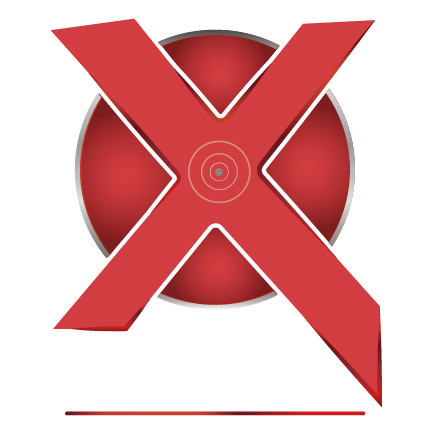Inventory management can feel like spinning plates; it requires precision, foresight, and sometimes a bit of luck.
However, integrating the right tools and methodologies can make this process much smoother.
One such powerful tool is the Economic Order Quantity (EOQ) model.
This model stands as a pillar for businesses keen on optimizing their inventory for cost efficiency, reducing holding costs, and ensuring smooth operational flow.
Table of Contents
What is the Economic Order Quantity (EOQ) Model?
The EOQ model is a formula-based approach to determine the ideal order quantity that minimizes the total costs associated with inventory management. These costs typically fall into two categories:
- Ordering Costs: Expenses incurred every time an order is placed, such as shipping, handling, and order processing.
- Holding Costs: Costs related to storing inventory, including warehousing, insurance, and spoilage.
By calculating EOQ, businesses can find the sweet spot where these two costs are balanced optimally.
Why is EOQ Important?
Implementing EOQ directly impacts the bottom line by:
- Reducing total inventory costs.
- Improving cash flow.
- Decreasing the risk of overstock and stockouts.
- Streamlining inventory management.
These benefits make the EOQ model an attractive option for any business looking to optimize its inventory processes.
The EOQ Formula
The EOQ formula is surprisingly straightforward:
[ \text{EOQ} = \sqrt{\frac{2DS}{H}} ]
Where:
- D= Demand rate (units per period)
- S= Order cost (per order)
- H= Holding cost (per unit per period)
This formula helps you determine the optimal order size that keeps total costs as low as possible. Let’s dive deeper into each element of this formula.
Demand Rate (D)
The demand rate is the number of units your business needs over a specific period. Accurately forecasting this is crucial. This can be derived from historical sales data, seasonal trends, or market research.
Order Cost (S)
Order cost includes all expenses related to placing an order. This can encompass:
- Shipping fees.
- Order processing costs.
- Handling charges.
These are usually fixed costs that do not vary with the order size.
Holding Cost (H)
Holding cost is the cost associated with storing each unit of inventory over a given period. This can include:
- Warehouse storage fees.
- Insurance.
- Spoilage or obsolescence.
- Opportunity cost of capital tied up in inventory.
Benefits of Using the EOQ Model
1. Cost Efficiency
Balancing order and holding costs leads to lower total costs. Effective use of EOQ means less money is tied up in inventory and more can be invested elsewhere in the business.
2. Improved Inventory Management
EOQ helps in avoiding overstocking, which can lead to excess storage costs, and understocking, leading to stockouts and lost sales.
3. Enhanced Supplier Relationships
Regular, predictable ordering can improve relationships with suppliers, potentially leading to better terms, improved reliability, and even price discounts.
4. Data-Driven Decisions
EOQ relies on data, leading to more informed and strategic decision-making. By analyzing demand patterns and cost structures, businesses can fine-tune their inventory practices for better performance.
Implementing EOQ in Your Business
Step 1: Collect Data
Gather accurate data on your:
- Demand rates
- Order costs
- Holding costs
This data forms the foundation of your EOQ calculations.
Step 2: Calculate EOQ
Using the EOQ formula, plug in your numbers to find the optimal order quantity.
Step 3: Review and Adjust
Continuously monitor your inventory levels, costs, and demand patterns. As these variables change, regularly recalibrate your EOQ to ensure optimal performance.
Step 4: Integrate EOQ with Inventory Systems
Leverage inventory management software to automate EOQ calculations and streamline your ordering processes. This integration ensures that your inventory levels remain optimal without continuous manual intervention.
Challenges and Solutions
Forecasting Demand Accurately
- Solution: Use advanced analytics and historical data to improve forecasts.
Fluctuating Costs
- Solution: Regularly update cost inputs in your EOQ calculations to reflect current realities.
Resistance to Change
- Solution: Educate your team about the benefits of EOQ and provide training on new processes and systems.
Conclusion
Adopting the Economic Order Quantity (EOQ) model is a strategic move for any business aiming to improve their inventory management.
Through cost efficiency, improved inventory control, and data-driven decisions, EOQ can transform your operations.
By understanding and implementing this model, you’ll be well on your way to a smoother, more efficient inventory management process.
Incorporate EOQ, and watch your inventory headaches diminish, your costs drop, and your efficiency soar. Happy optimizing!
